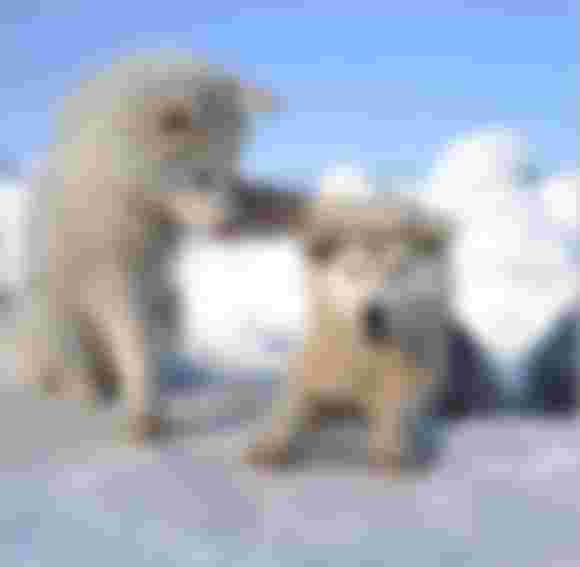
DO ANIMALS train their young? Use discipline? Rquire obedience? Right! Things like that play an important role in their lives,survival is involved.
God-given instinct is the driving force. A limited amount of intelligence also comes into play: to survive, young ones must learn to eat; they must also learn to recognize and deal with danger. Pet parents do not give their offspring reasons or explain why and how to do things. But they lead by example and can inflict pain to help young ones stay on track.
Spending Time
Parents of animals spend a lot of time training their young. It can take up to two years for a bear to teach its cubs. Show them where they can find food by teaching them how to dig up spicy root vegetables. And it is the parent who makes them discover the acrid sweetness of wild honey, a delicacy that they will taste for the rest of their lives.
Young raccoons are fully trained in the art of being independent. The mother spends the time returning frogs and shrimp to them, using the game to teach them. She also teaches self defense, hunting and fishing. Over time, their young learn to follow mice, catch frogs, and dig up insect larvae. And it tells them where they can find wild grapes and the best corn.
Some young animals are trained to do exactly the things that we think are instinctive. Think of otters who love water. Did you know that the mother otter has to teach her young to swim? In fact, she teaches them to love the water, because they will not enter it alone. How does she do it? By dragging them into the water, pulling them by the skin of the neck. Or it can roll,splash, in the water she goes! For a while he swims with the stretcher attached to his waist. Suddenly submerges! Otters are now forced to sink or swim. And they are trying to swim! They are clumsy at first, but they learn gradually.
The mother seal also takes time to teach her youngster to swim. When in the water, she plead, persuade, and encourage her pup to try swimming. She usually ends up leaving her adrift. But her work doesn't stop there.She sometimes help by swimming under her. If the one been trained appears distressed, she will put her head under the young one’s forehead and lift it out of the water. After a while, the baby seal can swim on its own.
How does a young flying squirrel learn to float? Her mother just pushes her off a tree branch. And the young seems to instinctively know what to do to avoid his downfall. It spreads its little feet and the thin membrane on each side that connects its front and back legs forms a kind of parachute that allows it to slide safely to the ground. Instinct tells the flying squirrel's mother when her baby is ready to learn this feat. If mother push her out of a tree at a very young age, it could be fatal.
As the time comes for young winged birds to learn to fly, they begin to exercise to develop their flight muscles. They twist their necks, they twist their wings, they twist and they twist. But it is the mother bird that convinces them to leave the nest and try to fly. It will stand a few steps away, offering tempting bits of food to encourage the young to go out and try its wings. In cases where the nest is in a very high position, it is essential to be successful on the first attempt. Surprisingly, many young adults can travel up to 100 meters during the initial flight.

This good keep it up